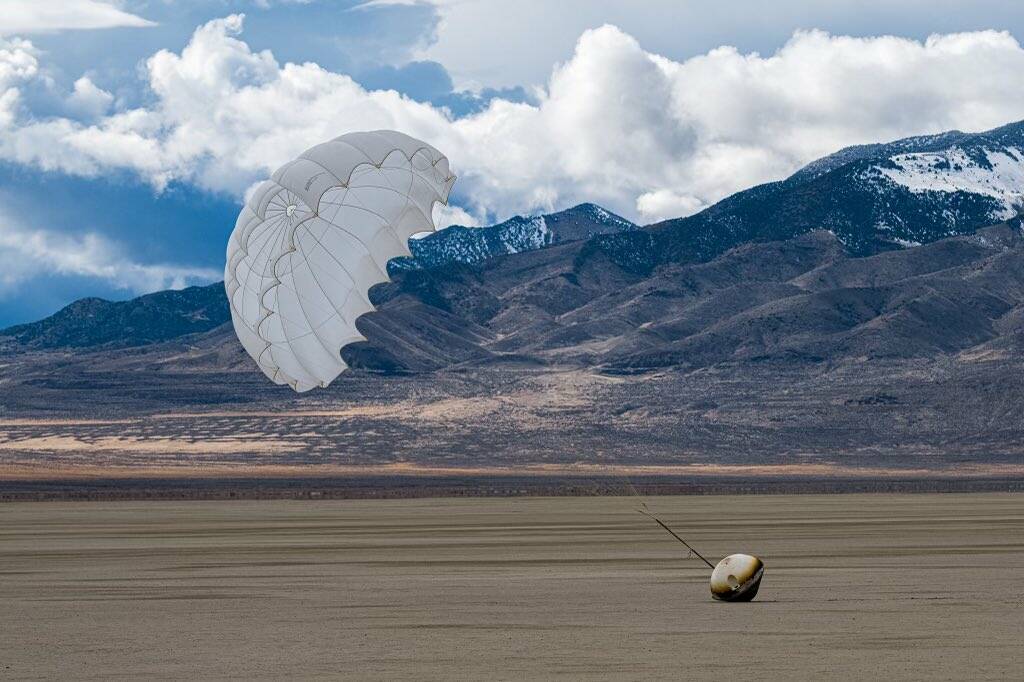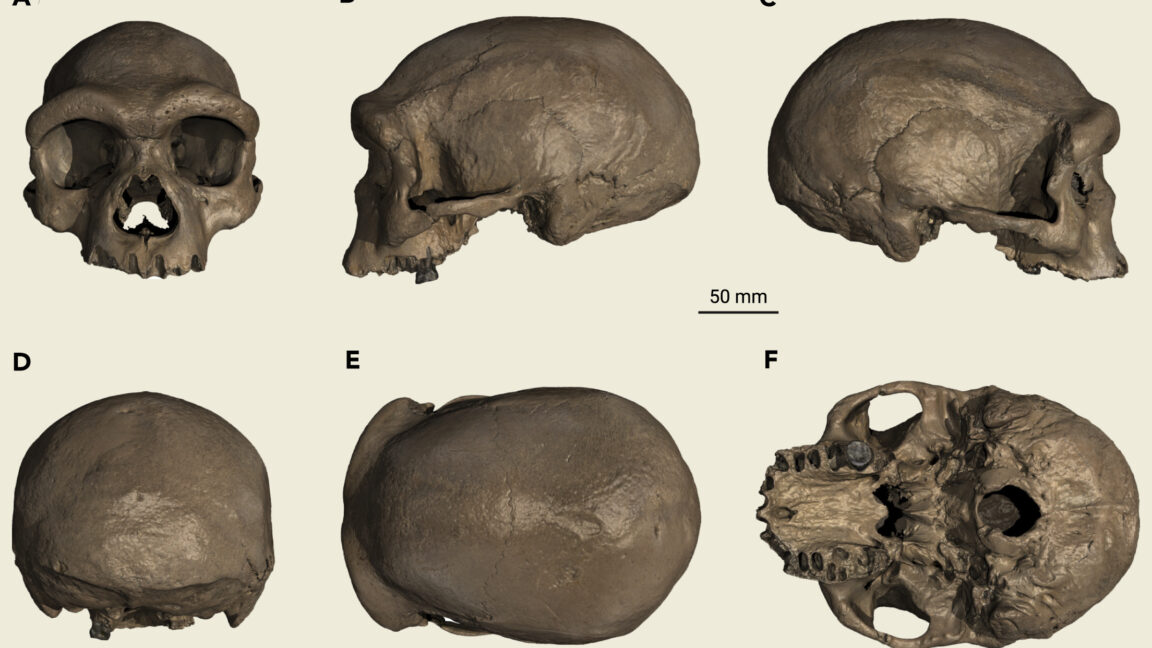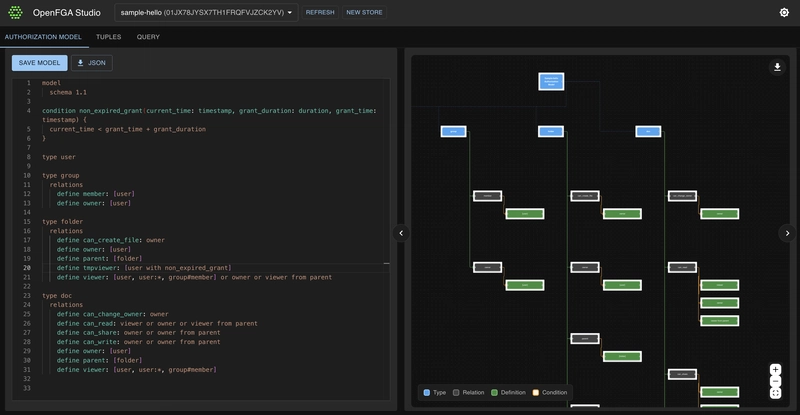3443. Maximum Manhattan Distance After K Changes
3443. Maximum Manhattan Distance After K Changes Difficulty: Medium Topics: Hash Table, Math, String, Counting You are given a string s consisting of the characters 'N', 'S', 'E', and 'W', where s[i] indicates movements in an infinite grid: 'N' : Move north by 1 unit. 'S' : Move south by 1 unit. 'E' : Move east by 1 unit. 'W' : Move west by 1 unit. Initially, you are at the origin (0, 0). You can change at most k characters to any of the four directions. Find the maximum Manhattan distance from the origin that can be achieved at any time while performing the movements in order. The Manhattan Distance between two cells (xi, yi) and (xj, yj) is |xi - xj| + |yi - yj|. Example 1: Input: s = "NWSE", k = 1 Output: 3 Explanation: Change s[2] from 'S' to 'N'. The string s becomes "NWNE". Movement Position (x, y) Manhattan Distance Maximum s[0] == 'N' (0, 1) 0 + 1 = 1 1 s[1] == 'W' (-1, 1) 1 + 1 = 2 2 s[2] == 'N' (-1, 2) 1 + 2 = 3 3 s[3] == 'E' (0, 2) 0 + 2 = 2 3 The maximum Manhattan distance from the origin that can be achieved is 3. Hence, 3 is the output. Example 2: Input: s = "NSWWEW", k = 3 Output: 6 Explanation: Change s[1] from 'S' to 'N', and s[4] from 'E' to 'W'. The string s becomes "NNWWWW". The maximum Manhattan distance from the origin that can be achieved is 6. Hence, 6 is the output. Constraints: 1

3443. Maximum Manhattan Distance After K Changes
Difficulty: Medium
Topics: Hash Table, Math, String, Counting
You are given a string s consisting of the characters 'N', 'S', 'E', and 'W', where s[i] indicates movements in an infinite grid:
-
'N': Move north by 1 unit. -
'S': Move south by 1 unit. -
'E': Move east by 1 unit. -
'W': Move west by 1 unit.
Initially, you are at the origin (0, 0). You can change at most k characters to any of the four directions.
Find the maximum Manhattan distance from the origin that can be achieved at any time while performing the movements in order.
The Manhattan Distance between two cells (xi, yi) and (xj, yj) is |xi - xj| + |yi - yj|.
Example 1:
- Input: s = "NWSE", k = 1
- Output: 3
-
Explanation: Change
s[2]from'S'to'N'. The string s becomes"NWNE".
| Movement | Position (x, y) | Manhattan Distance | Maximum |
|---|---|---|---|
| s[0] == 'N' | (0, 1) | 0 + 1 = 1 | 1 |
| s[1] == 'W' | (-1, 1) | 1 + 1 = 2 | 2 |
| s[2] == 'N' | (-1, 2) | 1 + 2 = 3 | 3 |
| s[3] == 'E' | (0, 2) | 0 + 2 = 2 | 3 |
- The maximum Manhattan distance from the origin that can be achieved is 3. Hence, 3 is the output.
Example 2:
- Input: s = "NSWWEW", k = 3
- Output: 6
-
Explanation:
- Change
s[1]from'S'to'N', ands[4]from'E'to'W'. The string s becomes"NNWWWW". - The maximum Manhattan distance from the origin that can be achieved is 6. Hence, 6 is the output.
- Change
Constraints:
1 <= s.length <= 1050 <= k <= s.length-
sconsists of only'N','S','E', and'W'.
Hint:
- We can brute force all the possible directions (NE, NW, SE, SW).
- Change up to
kcharacters to maximize the distance in the chosen direction.
Solution:
We need to find the maximum Manhattan distance from the origin (0, 0) achievable at any point during the sequence of movements, given that we can change at most k characters in the string s to any of the four directions ('N', 'S', 'E', 'W'). The Manhattan distance is defined as the sum of the absolute differences in the x and y coordinates, i.e., |x| + |y|.
Approach
-
Initialization: Start at the origin (0, 0). Initialize variables to track the current position (x, y) and the maximum Manhattan distance encountered (
ans). -
Iterate through the string: For each character in the string, update the current position (x, y) based on the movement direction:
- 'N' increments the y-coordinate.
- 'S' decrements the y-coordinate.
- 'E' increments the x-coordinate.
- 'W' decrements the x-coordinate.
-
Calculate possible Manhattan distance: At each step, compute the current Manhattan distance as |x| + |y|. The number of changes allowed at this step is the minimum of the remaining changes (
k) and the number of movements processed so far (i + 1). -
Update maximum distance: The maximum achievable Manhattan distance at this step is constrained by two factors:
- The current Manhattan distance plus twice the number of changes allowed (since each change can potentially add 2 to the Manhattan distance by aligning movements optimally).
- The total number of movements processed so far (i + 1), as the Manhattan distance cannot exceed this value (each movement contributes at most 1 to the distance).
- Track the maximum distance: Compare the computed value at each step with the current maximum and update if a larger value is found.
Let's implement this solution in PHP: 3443. Maximum Manhattan Distance After K Changes
/**
* @param String $s
* @param Integer $k
* @return Integer
*/
function maxDistance($s, $k) {
...
...
...
/**
* go to ./solution.php
*/
}
// Test cases
echo maxDistance("NWSE", 1) . PHP_EOL; // 3
echo maxDistance("NSWWEW", 3) . PHP_EOL; // 6
?>
Explanation:
-
Initialization: The variables
xandyare initialized to 0 to represent the starting position at the origin. The variableanskeeps track of the maximum Manhattan distance encountered during the movements. -
Processing Movements: For each character in the string
s, the current position (x, y) is updated based on the direction of movement. - Current Manhattan Distance: The Manhattan distance at each step is computed as the sum of the absolute values of the current coordinates, i.e., |x| + |y|.
-
Changes Allowed: The number of changes allowed at each step is the lesser of the remaining changes (
k) and the number of movements processed so far (i + 1). - Optimal Distance Calculation: The potential maximum Manhattan distance at each step is calculated by adding twice the number of allowed changes to the current distance. This accounts for the possibility that each change can align movements to increase the distance by up to 2 units. However, the Manhattan distance cannot exceed the total number of movements (i + 1), so the minimum of these two values is taken.
-
Tracking Maximum Distance: The maximum distance encountered during the iteration is stored in
ansand returned as the result.
This approach efficiently computes the maximum Manhattan distance by leveraging the observation that each change can contribute up to 2 units to the distance, while ensuring the solution remains within feasible bounds by considering the number of movements processed. The algorithm runs in linear time, O(n), where n is the length of the string, making it suitable for large inputs.
Contact Links
If you found this series helpful, please consider giving the repository a star on GitHub or sharing the post on your favorite social networks















































































































































































![[The AI Show Episode 154]: AI Answers: The Future of AI Agents at Work, Building an AI Roadmap, Choosing the Right Tools, & Responsible AI Use](https://www.marketingaiinstitute.com/hubfs/ep%20154%20cover.png)
![[The AI Show Episode 153]: OpenAI Releases o3-Pro, Disney Sues Midjourney, Altman: “Gentle Singularity” Is Here, AI and Jobs & News Sites Getting Crushed by AI Search](https://www.marketingaiinstitute.com/hubfs/ep%20153%20cover.png)
























































































































![[DEALS] Internxt Cloud Storage Lifetime Subscription (20TB) (89% off) & Other Deals Up To 98% Off – Offers End Soon!](https://www.javacodegeeks.com/wp-content/uploads/2012/12/jcg-logo.jpg)







































































![GrandChase tier list of the best characters available [June 2025]](https://media.pocketgamer.com/artwork/na-33057-1637756796/grandchase-ios-android-3rd-anniversary.jpg?#)














































.png?width=1920&height=1920&fit=bounds&quality=70&format=jpg&auto=webp#)






















_Paul_Markillie_Alamy.jpg?width=1280&auto=webp&quality=80&disable=upscale#)




















































































![It wasn't just you, Apple Intelligence was down [u]](https://photos5.appleinsider.com/gallery/64086-133417-IMG_2283-xl.jpg)












![Samsung has its own earthquake alert system with options Google should consider [Gallery]](https://i0.wp.com/9to5google.com/wp-content/uploads/sites/4/2025/02/Galaxy-S25-Ultra-Titanium-Jadegreen-1.jpg?resize=1200%2C628&quality=82&strip=all&ssl=1)
















![iPhone 18 Pro Models to Feature Under-Display Face ID, Keep Same Display Sizes [Rumor]](https://www.iclarified.com/images/news/97657/97657/97657-640.jpg)
![Apple M4 Mac Mini Drops to Just $469 — Save $130 [Lowest Price Ever]](https://www.iclarified.com/images/news/97659/97659/97659-640.jpg)



























![Mobile Legends: Bang Bang [MLBB] Free Redeem Codes June 2025](https://www.talkandroid.com/wp-content/uploads/2024/07/Screenshot_20240704-093036_Mobile-Legends-Bang-Bang.jpg)














![It's Not Just You: Apple Intelligence is Down on iOS 26 and Other Betas [Fixed]](https://images.macrumors.com/t/p817t4gw5ljW1ROSxfadhn3mJew=/2500x/article-new/2025/06/iOS-26-Feature.jpg)
























